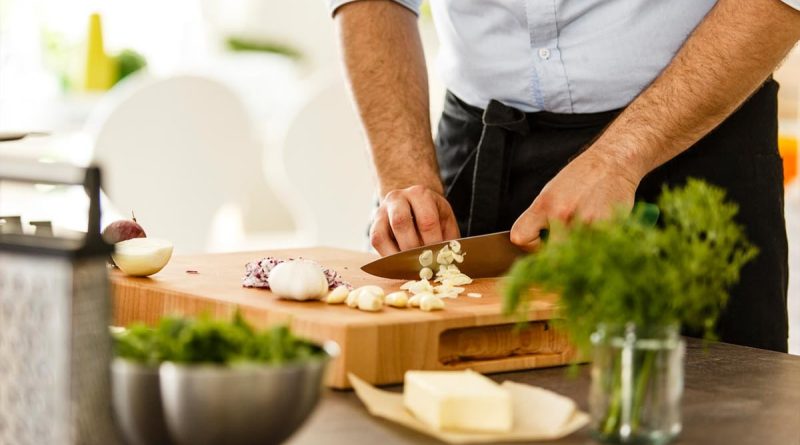What Type of Garlic Flavor Do You Prefer in Your Food? It’s All About the Cut
The scent, the flavor, the advantages – we adore everything about garlic. This single component possesses the ability to convert any meal into a delicacy. Some individuals prefer a faint hint of garlic while others enjoy its strong, assertive taste. How do you savor the flavor of your garlic in your dishes? The strong and adaptable bulb that has enhanced countless meals across societies, holds a hidden aspect that can enhance your culinary creations: its taste is deeply impacted by how you slice it! Indeed, that is correct.
The seemingly straightforward action of chopping, cutting, or dicing garlic fosters a complex interplay of chemical reactions that can significantly modify its flavor profile.
What is the chemistry of garlic taste?
Garlic’s distinct taste arises from the compound known as allicin. This sulfur-containing compound is accountable for garlic’s unique scent and pungent flavor. However, allicin is not easily accessible within the garlic clove; it is enclosed in compartments. When garlic is harmed, whether by crushing, chopping, or mincing, an enzyme named alliinase is discharged. This enzyme interacts with another compound, alliin, to produce allicin. The more garlic is disrupted, the more allicin is released, leading to a more forceful and pronounced flavor.
So, how does this process translate into the kitchen?
Here are 5 Distinct Ways To Slice And Utilize Garlic, Which Influences The Flavor:
1. Whole Garlic Bulbs:
For a soft, mild garlic taste, keep the bulbs whole. Roasting them in the oven can sweeten their taste and produce a delightful caramelized scent. This approach is perfect for dishes where a delicate garlic undertone is sought, such as roasted chicken or slowly cooked stews.
2. Slivered Garlic:
Slivering garlic releases some of the allicin, resulting in a moderate flavor. This method is versatile and suitable for stir-frying vegetables, making stir-fries, or adding depth to marinades. The flat surface of the slivers allows for uniform cooking and caramelization.
3. Finely Chopped Garlic:
Finely chopping garlic significantly enlarges the surface area, leading to a more pronounced garlic flavor. This is the preferred method for numerous recipes, as it offers a good balance of flavor and versatility. Finely chopped garlic is ideal for pasta sauces, soups, and any dish that requires a strong garlic presence.
4. Smashed Garlic:
Smashing garlic with the flat side of a knife or a garlic press releases maximum allicin, resulting in a potent and pungent flavor. This method is ideal for dishes where garlic is a dominant flavor, such as garlic bread, aioli, or spicy stir-fries.
5. Garlic Paste:
Garlic paste, produced by grinding garlic cloves into a smooth paste, delivers the most intense garlic flavor. It is a concentrated form of garlic that delivers a powerful impact. Garlic paste is ideal for seasoning large quantities of food, such as marinades, curry pastes, or sizable batches of soup.
Other Aspects That Influence The Flavor Of Garlic:
While the cutting method is crucial, other factors also impact garlic’s flavor. The freshness of the garlic is crucial. Aged garlic tends to be less flavorful and may possess a bitter taste. Storage conditions also play a role; garlic should be stored in a cool, dim area to uphold its quality. Nonetheless, do not hesitate to experiment with different cutting techniques and cooking methods to uncover new flavor profiles.

